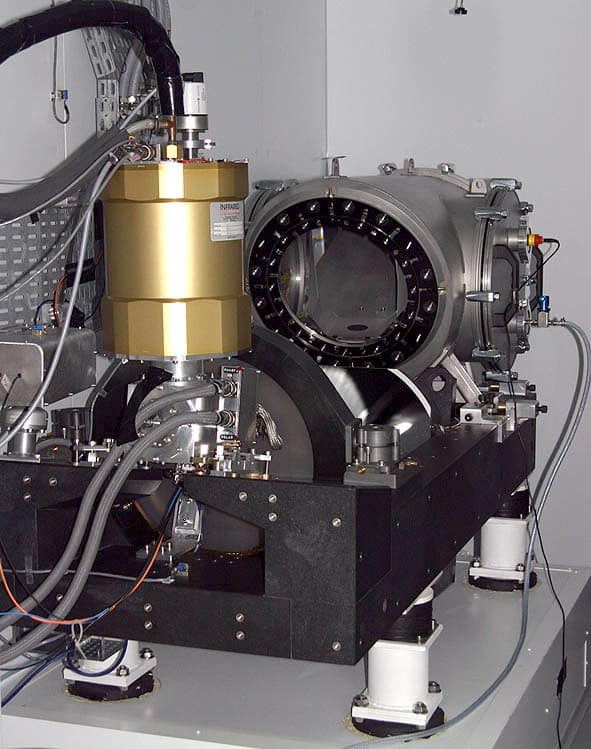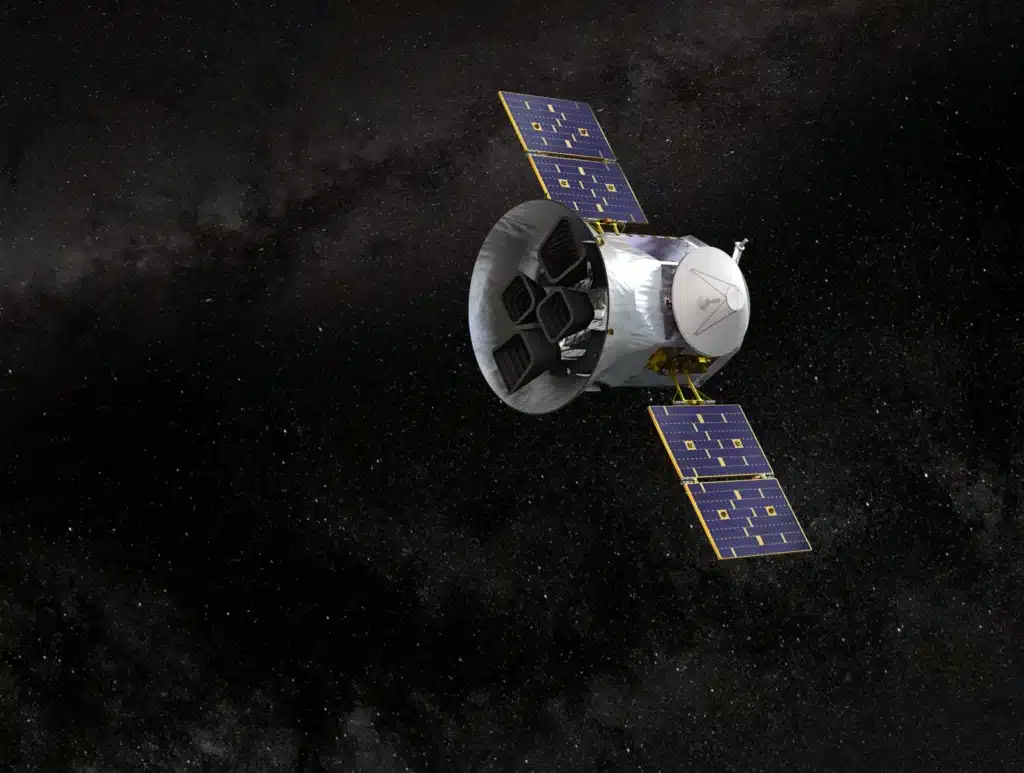Astronomers have made a significant discovery of an exoplanet that could offer invaluable insights into the formation of our own planet. This small, cold exoplanet orbits a star similar in temperature to our Sun and is visible from Earth, potentially shedding light on Earth’s formation.
This discovery is the result of efforts by an international team of researchers from 31 scientific institutes across nine countries, including Switzerland, Chile, the US, the UK, and France. They have identified an exoplanet that is uniquely smaller and lighter than both Neptune and Uranus. Adding to its rarity is the presence of a large companion in its star system, a hundred times the mass of Jupiter.
The new planetary system orbits the star HD88986, which shares a similar temperature with the Sun and has a slightly larger radius. The star’s brightness allows it to be visible to avid observers at dark sky sites across the UK.
Dr. Neda Heidari, an Iranian fellow at the Institut d’astrophysique de Paris (IAP), who leads the new study, explains the unique characteristics of HD88986b, the exoplanet in question. “Most of the planets we’ve discovered and measured for their mass and radius have short orbits, typically less than 40 days,” she says in a statement. “To provide a comparison with our solar system, even Mercury, the closest planet to the Sun, takes 88 days to complete its orbit.”
This highlights the rarity of HD88986b’s 146-day orbit, which is the potentially longest known among small planets with precise measurements.

HD88986b was detected using the high-precision spectrograph SOPHIE at the Haute-Provence Observatory in France. This instrument allows for the analysis of exoplanet wavelengths of light, characterizing them using the “radial-velocity method.” This method measures the minute motions of the star caused by orbiting planets.
The team’s observations led to an estimation of the newly discovered planet’s mass at approximately 17 times that of Earth’s. Further observations from the NASA TESS and the European Space Agency’s (ESA) CHEOPS space telescopes indicated that the planet likely “transits” its host star. This phenomenon occurs when the planet’s orbit passes between Earth and the star, causing a measurable decrease in the star’s brightness.
These combined observations enabled the team to directly estimate the planet’s diameter, about twice that of Earth’s. The study’s findings, published in the journal Astronomy & Astrophysics, are based on over 25 years of observations, including data from ESA’s Gaia satellite and the Keck Telescope in Hawaii.
With an atmospheric temperature of only 190 Celsius degrees, HD88986b presents a rare opportunity to study “cold” atmospheres, contrasting with the more commonly detected hotter exoplanet atmospheres. Its wide orbit suggests minimal interactions with other planets in its system and a reduced loss of mass due to the central star’s ultraviolet radiation. This could mean that HD88986b has retained its original chemical composition, providing clues to the formation and evolution of its planetary system.
Dr. Thomas Wilson, a senior research fellow at the University of Warwick who co-led the satellite data analysis, highlights the potential of studying HD88986b for understanding our planet’s formation. “HD88986b is essentially a scaled-down Neptune, between the orbits of Mercury and Venus,” he states. “It becomes one of the best-studied small, cold exoplanets, paving the way for studying its atmosphere to understand the similarity to our own planet Earth.”
The astronomers also discovered a second, outer companion around the central star, an exoplanet more than 100 times the mass of Jupiter, with an orbital period of several decades. Dr. Wilson adds, “We collected data from telescopes pointing at HD88986 for over 25 years making this one of the longest-studied exoplanet systems.” This second companion’s role in the formation of the Neptune-like planet is yet to be fully understood, necessitating further observation.
SWNS writer James Gamble contributed to this report.












